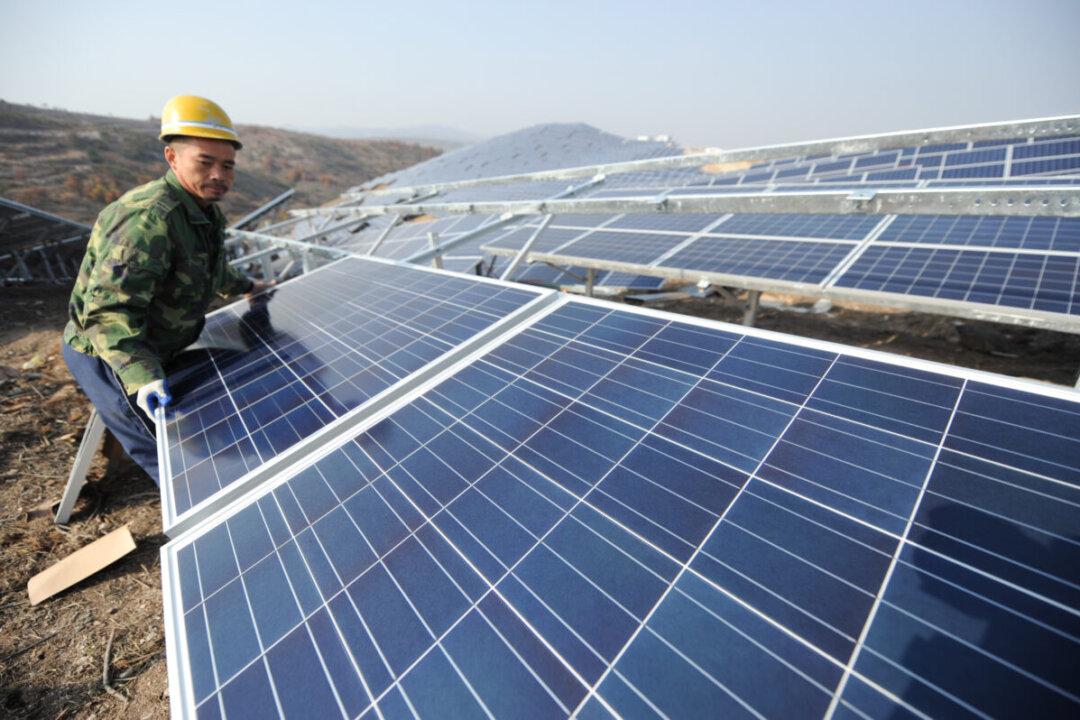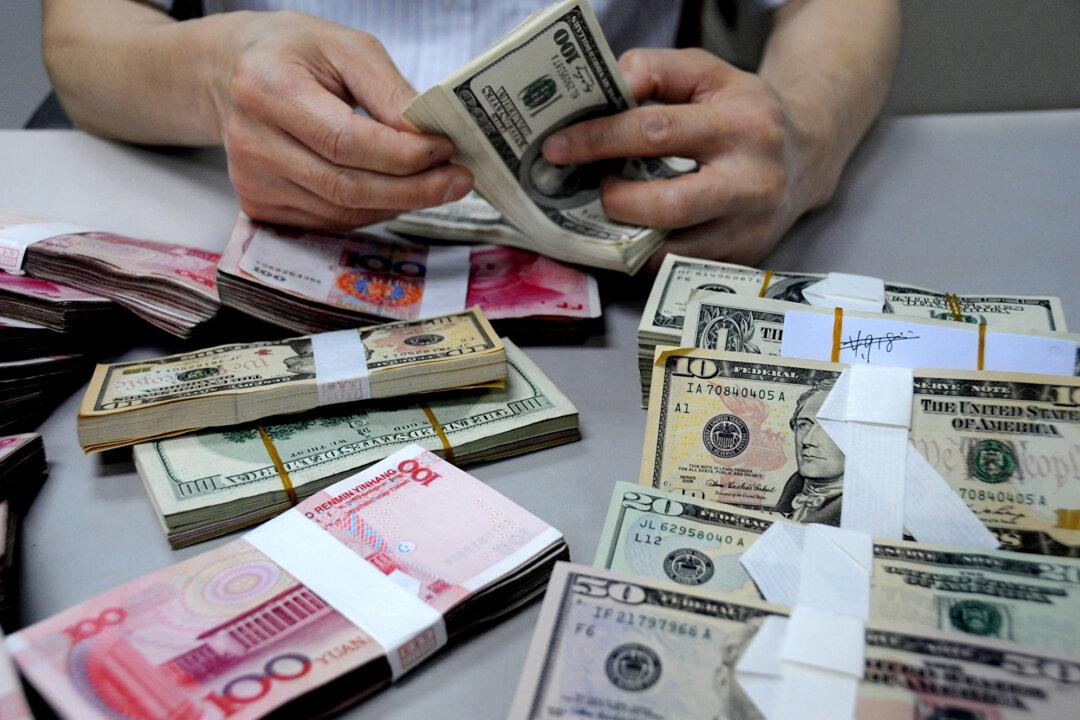China is facing a recycling challenge and environmental strain caused by large numbers of end-of-life solar panels after a decade of rapid photovoltaic (PV) industry expansion.
Over the years, China has been scrambling to increase its PV production and ignoring uneven adherence to technology standards. As a result, massive numbers of solar panels become out-of-service before expected, Fang Qi, an investment consultant living in the United Kingdom, told The Epoch Times on April 4.





